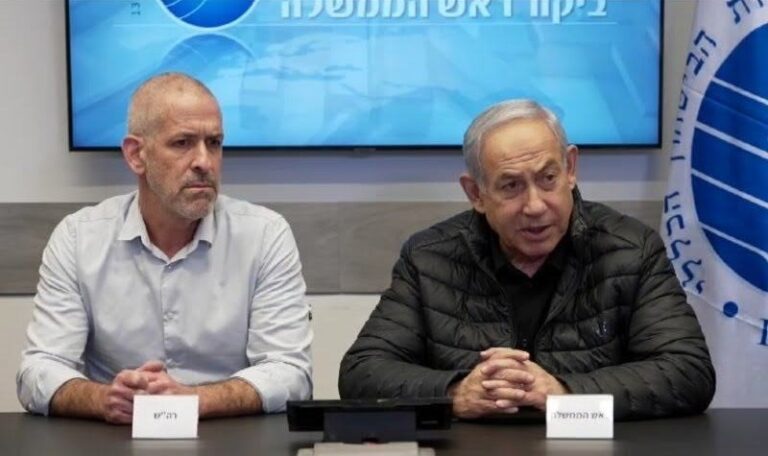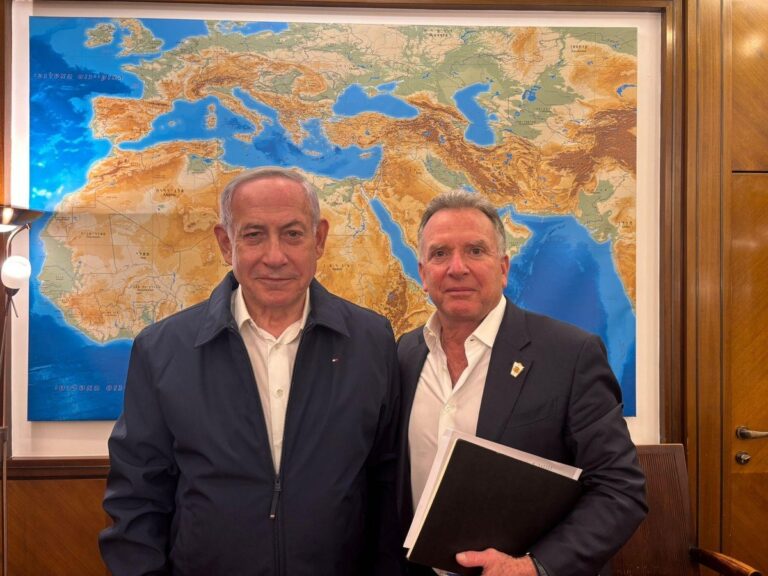Cameras remained off Monday at the White House press briefing on orders of the Trump administration, sidelining one of daytime television’s most popular features on the same day that ABC announced new digital programming tied to it.
The last on-camera White House briefing was on June 29.
Following rules set by the White House, news networks only began airing press secretary Sean Spicer’s question-and-answer session until after it was done. With still pictures of Spicer onscreen as he talked off-camera, it didn’t make for gripping television. Fox News Channel and MSNBC both broke away to other stories before the session was finished.
ABC News’ “The Briefing Room” started airing live Monday, with White House correspondents Jonathan Karl and Cecilia Vega, and congressional correspondent Mary Bruce the show’s lead personalities. The network has streamed past briefings online and on Facebook over the past several months; the new program is expected to air each day there is a White House briefing.
Without its own affiliated cable network, ABC is looking for different ways to take advantage of its expertise, said Rick Klein, the network’s political director.
“We’re just seeing such huge interest in the story,” Klein said.
Klein said ABC, like other television networks, is pushing for the briefings to go back on camera and be shown live. It’s a sentiment most prominently expressed by CNN White House correspondent Jim Acosta, who last month repeatedly asked Spicer, “Why don’t we turn the cameras on, Sean?” without getting an answer.
Acosta, on the air, has complained about the Trump administration “taking us into a strange new world where accountability doesn’t exist.”
To a fan base that has delighted in Trump repeatedly deriding CNN as “fake news,” Acosta’s protests aren’t likely to gain much traction. News executives and White House correspondents have yet to find a strategy to change the way things are going. Trump has given only one free-wheeling news conference since taking office nearly six months ago, and has lately restricted most of his interviews to friendly outfits like Fox News Channel.
No news organization has defied White House rules by airing the briefings live. The first audio-only briefing was heard live on news networks, primarily because the White House hadn’t firmed up its rules ahead of time.
U.S. Rep. Jim Himes, a Connecticut Democrat, last week proposed legislation that would require the White House to hold at least two video news conferences a week. Himes said the previous three administrations briefed the press on camera, on average, more than three times a week.
As a practical matter, his idea is essentially dead on arrival, since there’s been no support within the House Republican majority.
“I just wanted, at a time that the White House has been restricting access to its thinking and its policies, to maybe goad them a little and get some discussion on it,” Himes said.
“All of us feel like we are sometimes treated badly by the press and occasionally we are,” he said. “The press, of course, is made up of people and people never get things 100 percent right. But the overall function of holding politicians’ feet to the fire and holding people accountable is one of the things that helps make the country great.”
Ari Fleischer and Mike McCurry, press secretaries for George W. Bush and Bill Clinton, have both publicly called for White House briefings not to be held live on camera, believing it makes for showmanship.
(AP)











